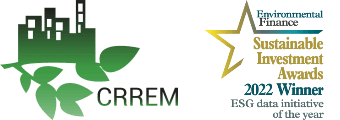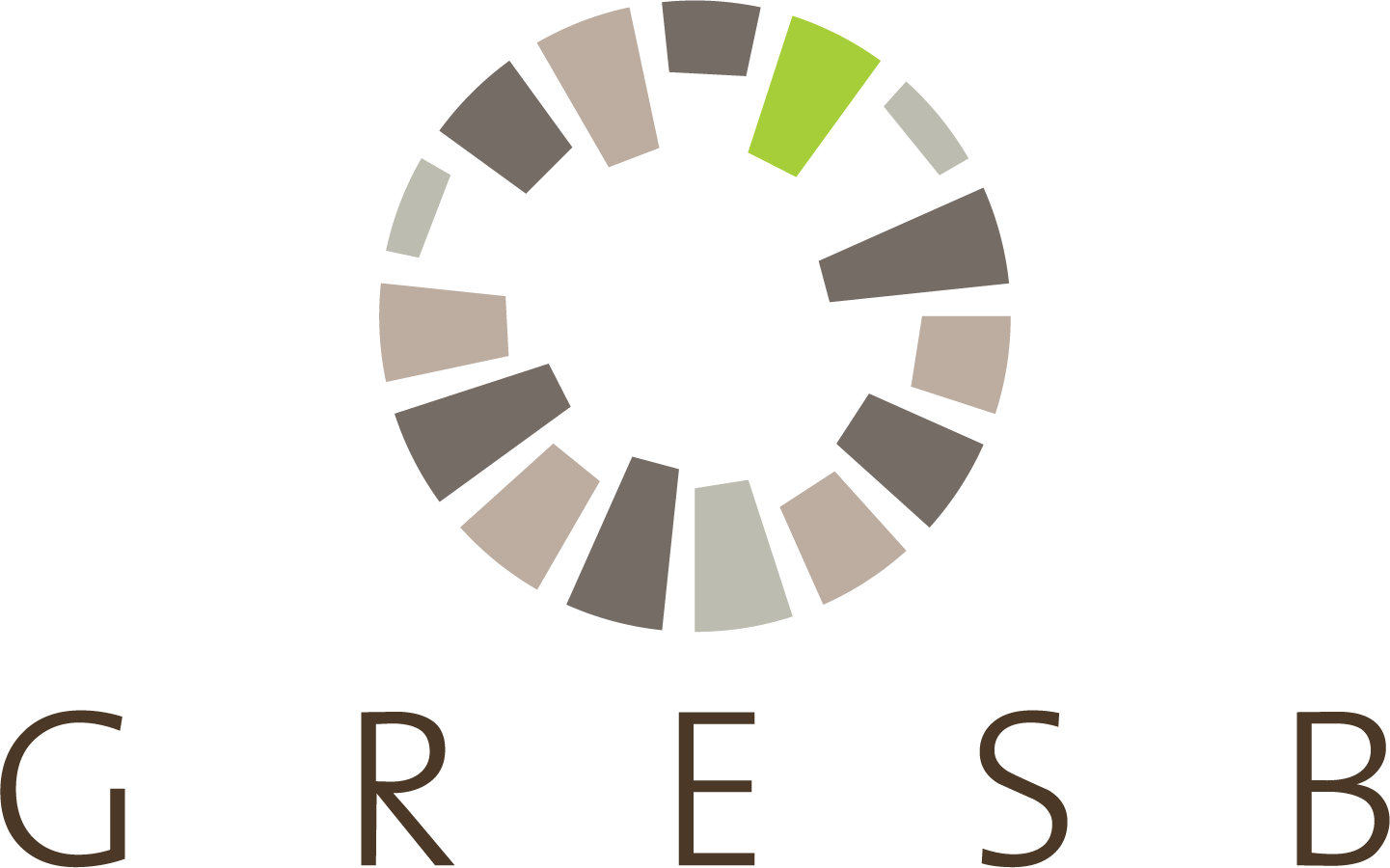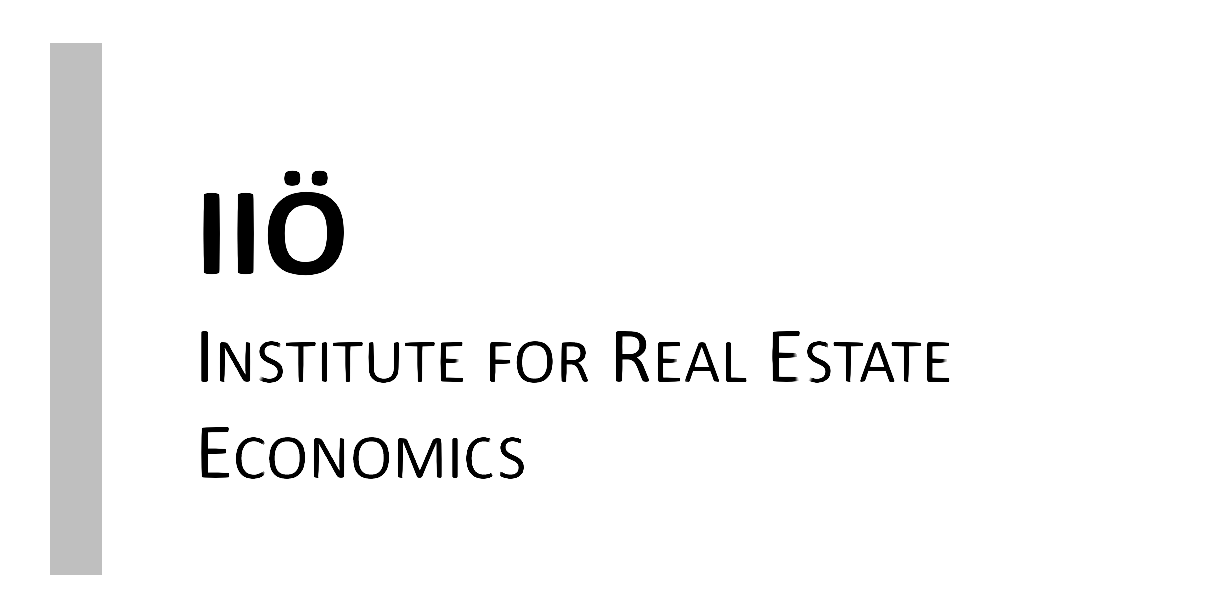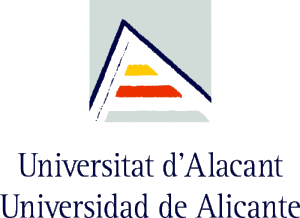The first phase of the Carbon Risk Real Estate Monitor (CRREM) placed a focus on the carbon risk assessment for the European real estate industry. CRREM faces the challenge to estimate risk and uncertainty associated with real estate decarbonisation, building a methodological body and empirically quantify the different scenarios and their impact on the investor portfolios. The CRREM tool helps to identify which properties will be at risk of stranding and enables an analysis of the effects of refurbishing single properties on the total carbon performance of a company.
In contrast, the second phase of the CRREM project is an expansion of the initial CRREM tool and includes derived pathways and the corresponding carbon budgets on a global level. Further countries are included from North America and Asia for the commercial and residential real estate sector.
The Global Downscaling Pathways present the decarbonisation targets and pathways (in terms of greenhouse gas intensity) which are available for different property types for individual countries for the global warming targets of 1.5°C and 2°C, respectively. The greenhouse gas intensity targets are presented on an annual basis up to year 2050. Commercial asset classes include: Office, Retail, Warehouse, Hotel, Health, Lodges & Leisure, Data Centers, amongst others. In addition, decarbonisation pathways for residential properties for EU and non-EU locations were derived as well.
Info & Further information
Pleas note that only the EU Decarbonisation pathways are also represented graphically in the EU CRREM Tool. The CRREM team thanks you for your interest. In case of any questions or suggestions, please contact us.
Supported by…
The CRREM initiative wants to thank the investors and GSIC members APG, PGGM and NBIM for making the derivation of further decarbonisation pathways on a global level possible!








